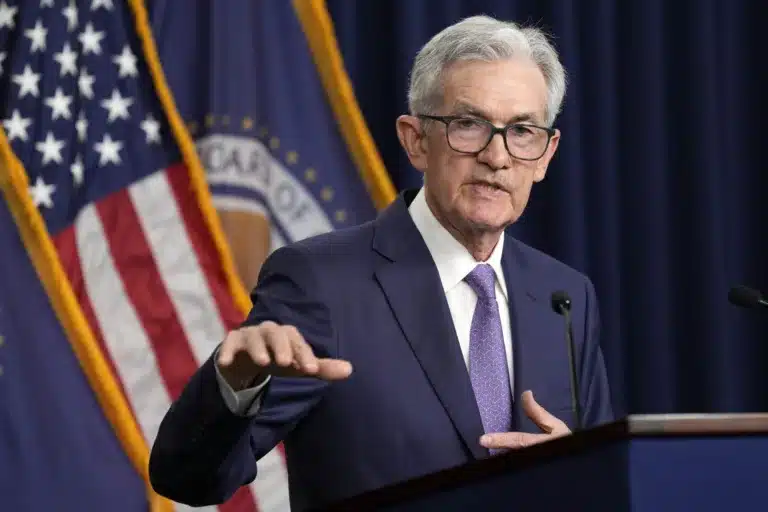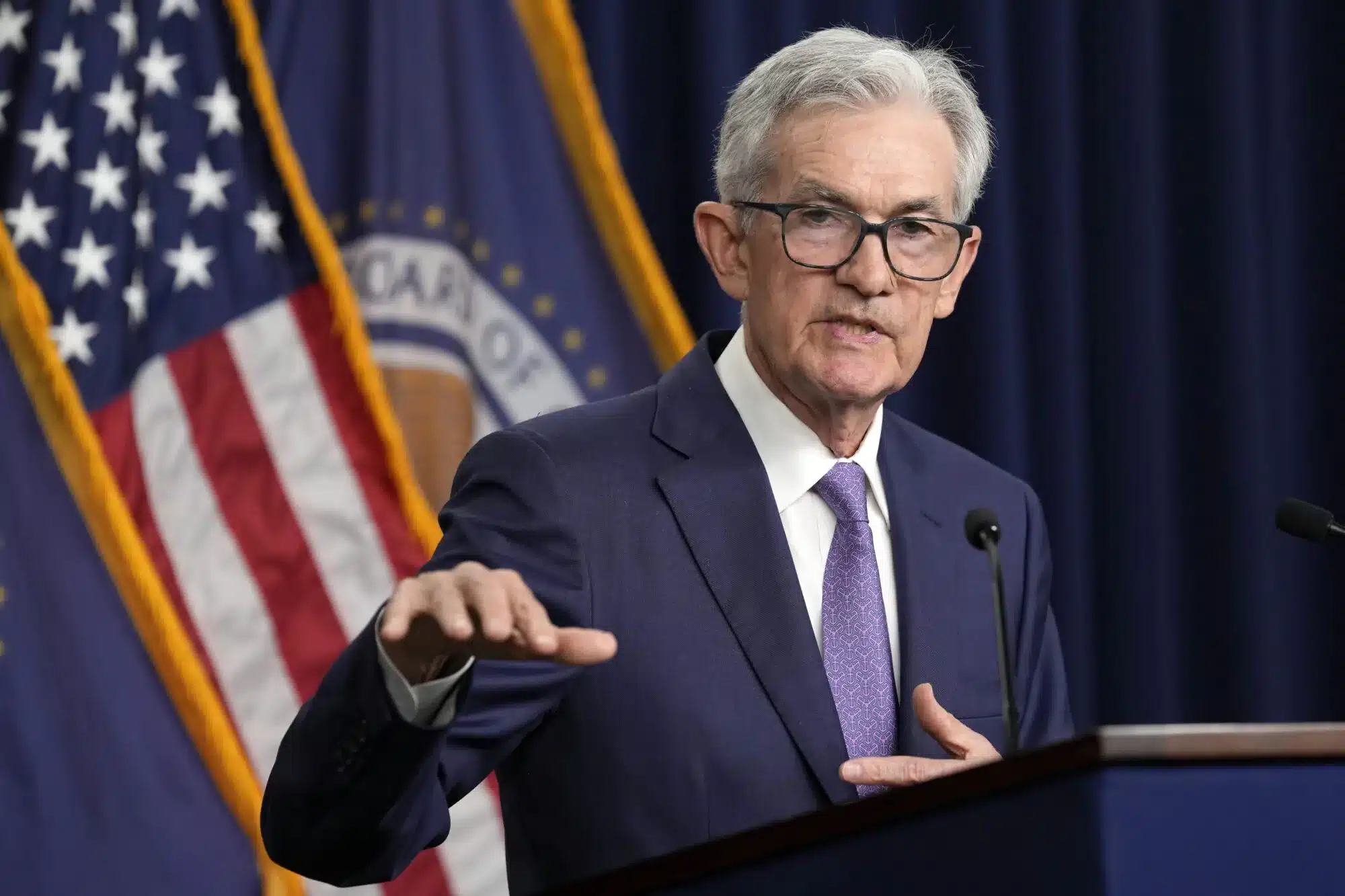This article first appeared on the Magnolia Tribune.

The White House would not say Monday why a neurologist with expertise in Parkinson’s disease, Dr. Kevin Cannard, visited the executive campus eight different times or who specifically the doctor was there to visit.
White House Press Secretary Karine Jean-Pierre insinuated Cannard had traveled there to treat members of the military, telling reporters that “multiple neurologists” have traveled to the campus to treat the “thousands of military personnel,” many of whom “get care from the White House medical unit.”
Citing privacy concerns, Jean-Pierre declined, more than once, to say if the doctor’s visits to the White House were connected in any way to the treatment of President Biden, telling reporters she could not share information about any specialist “broadly from a dermatologist to a neurologist.”
Dr. Kevin Cannard’s Repeated Trips to the Executive Campus Stir Speculation
Late Monday evening, the White House finally offered an explanation in the form of a letter penned by Dr. Kevin O’Connor, the president’s physician. He confirmed that Cannard visited campus and wrote that the Parkinson’s specialist “was the neurological specialist that examined President Biden for each of his annual physicals.”
The neurologist, O’Connor continued, provided care to a number of other patients beyond just the president. “Prior to the pandemic, and following its end, [Cannard] has held regular Neurology clinics at the White House Medical Clinic in support of the thousands of active-duty members assigned in support of White House operations,” Biden’s physician wrote.
The visits only came to light because of publicly available visitor logs released by the White House. No such records exist, however, for the president’s private residence in Wilmington, Delaware, where Biden retreats nearly every weekend. He often arrives on a Friday and departs the following Monday. He has spent almost nine months of his presidency there, according to one recent analysis. His administration does not keep a record of visitors there. The residence remains effectively a black hole.
But the White House did say flatly that the president has not received medical care in Wilmington, far from the prying eyes of the press or the public. “He has not seen specialists in Delaware,” White House Deputy Press Secretary Andrew Bates told RealClearPolitics, adding only that “like past Presidents, he travels with a White House Medical Unit doctor.”
Press Secretary Hints at Medical Aid for Military Personnel
Increased scrutiny of the age and mental acuity of the president follows his disastrous debate in Atlanta, a halting performance that left members of his own party publicly questioning not just whether he can win the coming election but if he is physically up to the rigors of the presidency. “I think it’s a legitimate question to say, ‘Is this an episode, or is this a condition?’ And so, when people ask that question, it’s completely legitimate,” former House Speaker Nancy Pelosi, 84, said of Biden, 81.
Those questions now haunt the White House. Complicating things is the president himself, who told Democratic governors on Friday that he had a medical exam after the debate, an admission that came less than 24 hours after his spokeswoman side-stepped questions about whether the president had been examined by a doctor. On Monday, Jean-Pierre said only that Biden had “a check-in” with a doctor. The White House maintains that the president had a cold and was jet-lagged the night of the debate. The president, for his part, told ABC News that he was “exhausted” and simply had “a bad night.”
Regardless of the explanation for his performance, the health of the president has subsequently reignited a debate over transparency.
The Republican chairman of the House Oversight Committee, Kentucky Rep. James Comer, demanded that Secret Service begin keeping a record of who visits him behind closed doors.
“President Biden said he’d have the most transparent administration in history,” Comer told RCP in a statement. “As President Biden’s mental state continues to decline, now is the time for him to put his money where his mouth is and be transparent with the American people.”
“He should immediately direct the Secret Service to keep visitor logs for his Wilmington residence so Americans know who he is meeting with when he travels there,” he continued.
The White House previously tangled with Comer after classified documents were discovered at the Biden family home. Visitor logs for the Wilmington residence don’t exist, said a spokesman for the White House Counsel’s Office, because it is a private residence.
“Like every president across decades of modern history, his personal residence is personal,” spokesman Ian Sams told the New York Times. “But upon taking office, President Biden restored the norm and tradition of keeping White House visitors’ logs, including publishing them regularly, after the previous administration ended them.”
Former President Trump ended that practice during his four years in office. He also did not disclose visitor logs for any of his private residences, such as Mar-a-Largo, an omission that triggered a lawsuit from the Center for Responsibility and Ethics in Washington.
“It seems like we have the same problem here with Biden,” Richard Painter, the former ethics czar for the George W. Bush administration and CREW vice chair, told RCP. He added that the current president is not unique, noting that both Trump and Bush before him did not disclose visitors of their private residences. The names of anyone meeting the president on official business, or even making a personal visit, Painter said, should be disclosed: “He is the president, after all.”
The U.S. Secret Service has said previously that while they do not maintain visitor logs of private residences, they do screen visitors who meet with the President.
This article was originally published by RealClearPolitics and made available via RealClearWire.
This article first appeared on the Magnolia Tribune and is republished here under a Creative Commons license.
Read original article by clicking here.

















